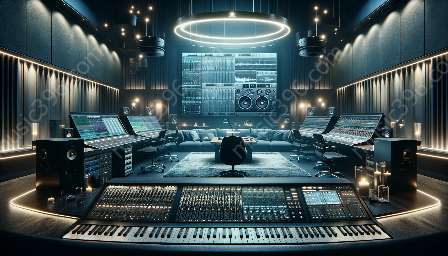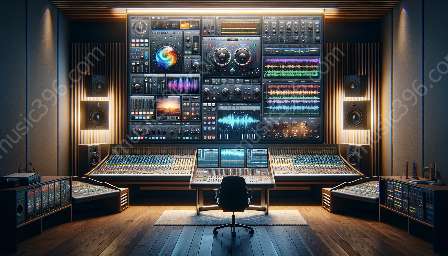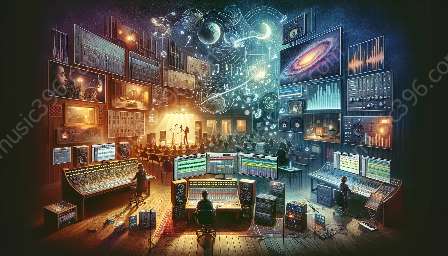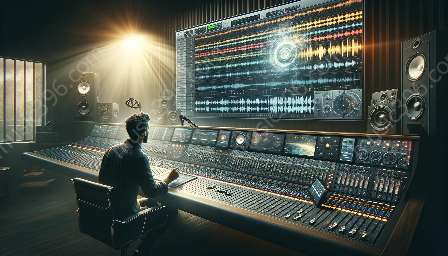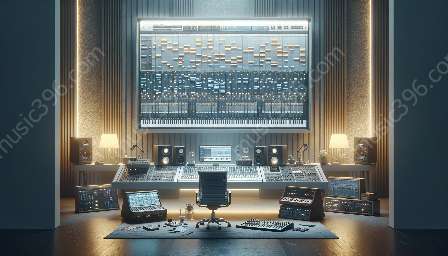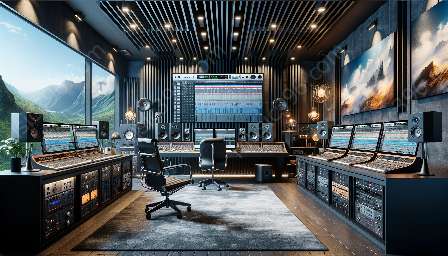Audio sampling in digital audio workstations presents an array of challenges when it comes to maintaining high-quality audio. From signal-to-noise issues to sample rate conversion, understanding these obstacles is crucial for achieving professional audio production. Let's explore the complexities and solutions associated with maintaining audio quality in DAW sampling.
The Importance of Audio Quality in Sampling
Before delving into the challenges, it's essential to understand the significance of audio quality in sampling. Whether creating music, sound design, or audio manipulation, preserving the integrity of the original audio is paramount. Sampling in DAWs involves capturing and manipulating audio snippets, and any degradation in audio quality can significantly impact the final output.
Signal-to-Noise Ratio
One of the primary challenges in audio sampling is maintaining a high signal-to-noise ratio (SNR). DAWs often introduce digital noise during the sampling process, which can degrade the original audio. This noise may result from the DAW's internal processing, digital-to-analog converters, or poor signal routing.
Solution:
To mitigate signal-to-noise issues, it's crucial to minimize the introduction of digital noise at every stage of the sampling process. Utilizing high-quality audio interfaces and ensuring proper gain staging can help reduce unwanted noise levels.
Sample Rate Conversion
When samples from different sources are combined in a DAW, discrepancies in sample rates can pose a significant challenge. Sample rate conversion is the process of converting audio from one sample rate to another, and if not handled properly, it can lead to aliasing and degradation of audio quality.
Solution:
Employing high-quality sample rate conversion algorithms and understanding the implications of sample rate changes is crucial for minimizing quality loss. Additionally, ensuring that all audio sources within the DAW adhere to a consistent sample rate can help maintain audio integrity.
Digital Artefacts and Distortion
Digital artefacts, such as quantization errors and aliasing, can arise during the sampling process, leading to unwanted distortion in the audio. These artefacts can manifest as harsh, unnatural sounds that detract from the original audio's fidelity.
Solution:
Implementing dithering techniques and utilizing higher bit-depth during sampling can help reduce the impact of digital artefacts and distortion. Moreover, employing anti-aliasing filters and oversampling can further enhance audio quality by reducing the likelihood of artefact introduction.
Latency and Phase Coherence
DAWs introduce latency during audio sampling, which can disrupt the phase coherence of the sampled audio. In multitrack recording and processing scenarios, ensuring phase alignment and coherent audio playback becomes challenging, especially when using time-based processing effects.
Solution:
Utilizing low-latency audio interfaces and incorporating phase alignment tools within the DAW can help minimize latency and maintain phase coherence. Additionally, understanding the impact of time-based effects on phase relationships can aid in preserving audio quality during sampling.
File Compression and Data Loss
When storing sampled audio files in compressed formats, such as MP3 or AAC, the potential for data loss and degradation of audio quality increases. DAWs may also employ compression algorithms for storage efficiency, which can compromise audio fidelity.
Solution:
Utilizing lossless file formats, such as WAV or FLAC, for storing sampled audio can help preserve audio quality without sacrificing file size efficiency. Additionally, conscientious file management and backup practices can mitigate the risk of data loss during storage and retrieval.
Conclusion
Addressing the challenges of maintaining audio quality while sampling in DAWs is essential for achieving professional-grade audio production. By understanding the nuances of signal-to-noise ratio, sample rate conversion, digital artefacts, latency, file compression, and storage, producers and engineers can navigate these obstacles effectively while preserving the integrity of their audio recordings.

